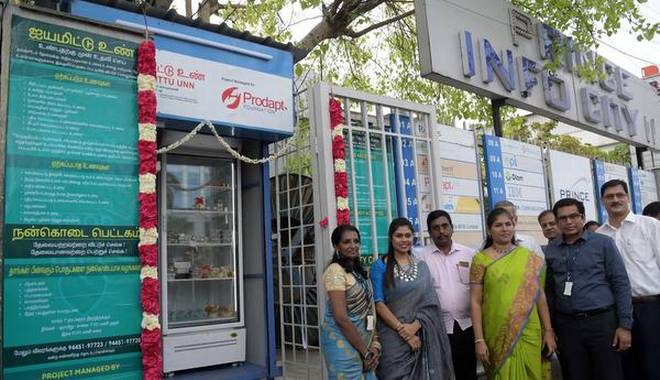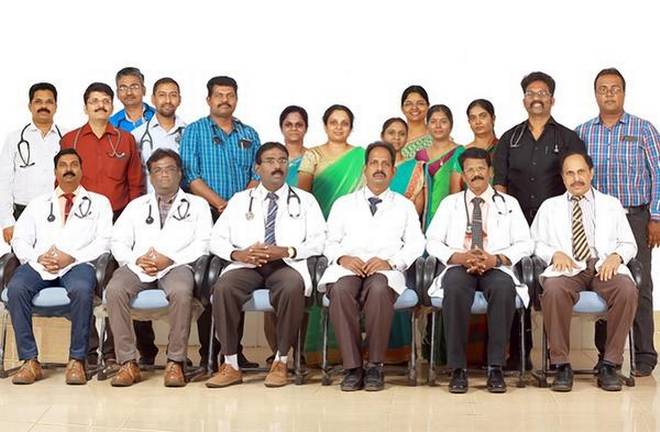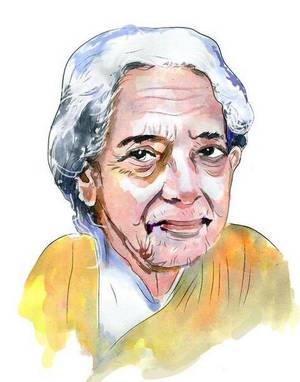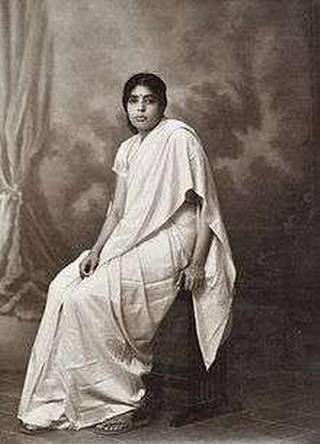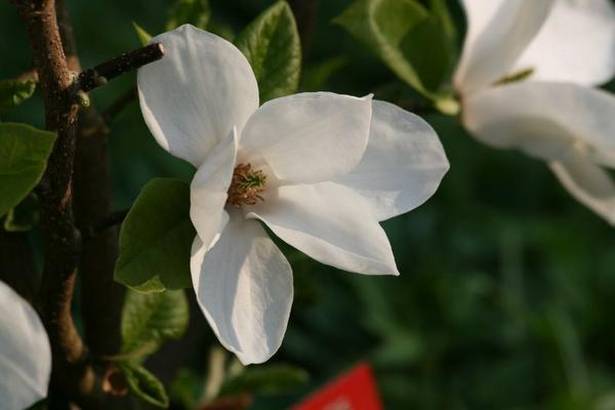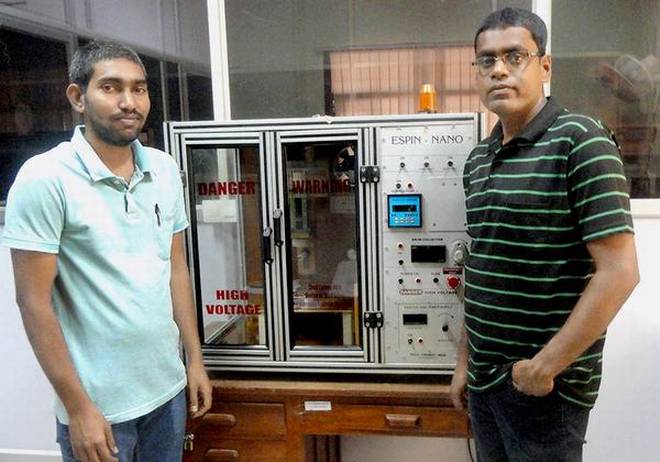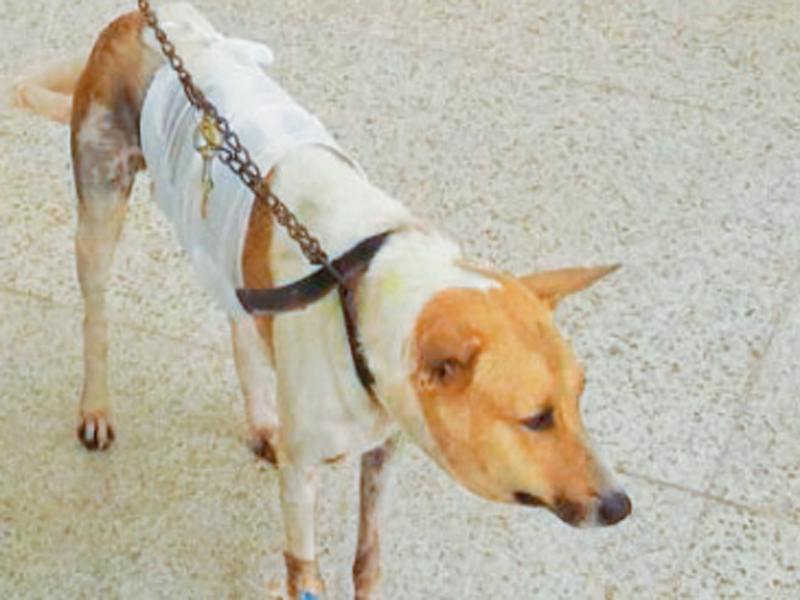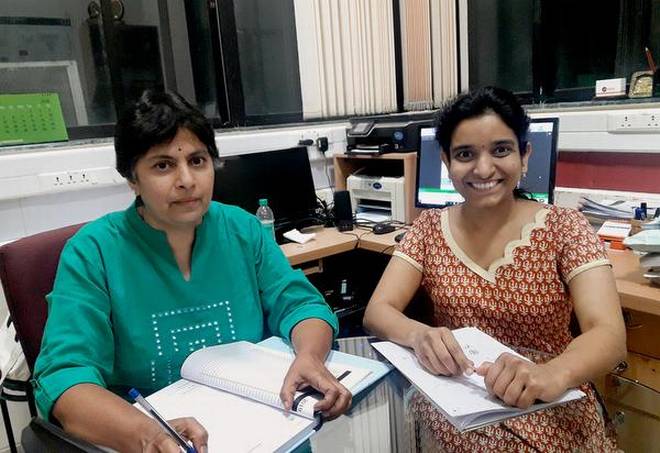
The team studied how susceptibility sub-populations affect the spread of the disease
An infectious disease can spread at different rates in different countries. This phenomenon has been observed in many cases, for instance in the 2009 H1N1 influenza pandemic. An International group of researchers including those at Indian Institute of Science (IISc), Bengaluru, and The Institute of Mathematical Sciences (IMSc), Chennai, looks at genetics as a way to explain this phenomenon. They find that the greater the genetic diversity in immune response, the stronger is the barrier to the spread of the disease. The results have recently been published in PLOS Computational Biology.
Nagasuma Chandra’s team at IISc chose to study H1N1 as modelling it had some advantages.
“There is a lot of work on H1N1 and a lot of data including clinical and epidemiological. These models are also best suited to study airborne diseases. As H1N1 spreads through air, choosing it made a lot of sense,” says Dr. Chandra.
Pandemic H1N1 virus
The pandemic H1N1 2009 influenza A virus was different from other influenza viruses encountered until then. According to the WHO, this is because it originated from animal influenza viruses and is unrelated to the human seasonal H1N1 viruses that have been in circulation among people formany years In fact, this virus is thought to have arisen from a mixture of two viruses: a North American virus that jumped from birds to swine and humans and a Eurasian swine virus that had circulated in pigs for about a decade before entering humans. Clinically also the virus’s effect was very different from that of other flu viruses in that younger people were more severely affected than older ones.
Narmada Sambataru and Sumanta Mukherjee who were at Dr Chandra’s lab, and Martin Lopez-Garcia from the University of Leeds, UK, spent nearly a year building up the model. Their research led them to establish how an individual’s genetic makeup can influence his or her susceptibility to the infection.
The immune system has both innate and adaptive response types to infections, in general. In the case of H1N1 infection, the adaptive immune system can recognise the presence of a virus within the cell and respond to it only if a molecule called the human leukocyte antigen (HLA) binds to some fragment of the viral protein (epitope) and ‘presents’ it to the environment outside the cell. Dr Chandra’s group has described the details of this aspect of H1N1 in an earlier paper published in the journal Clinical and Translational Immunology.
Immune response
“The main take-away from our work is that understanding how the immune response of different individuals leads to a spread of susceptibilities in a population is vital to figuring out how diseases spread,” says Gautam Menon of The Institute of Mathematical Sciences, a co-author of the paper. “This problem, of how to go from what we know about how individuals can vary in their susceptibility to understanding how epidemics spread across entire populations, has been identified recently as one of the major challenges in the study of epidemics.”
Having worked out how the genetic makeup of an individual can affect their susceptibility to the disease, the individuals can be grouped according to their susceptibility. Using a mathematical model called the SIR (Susceptible-Infected-Recovered) model, the researchers study how the presence of susceptibility sub-populations affect the spread of the disease. “In this model, individuals are initially susceptible but not infected.
“When an infection is introduced, individuals become infected at a rate determined by their estimated susceptibility to the pathogen, estimated using genetic information about the host as well as the pathogen. Infected individuals then proceed to recover,” says Dr Chandra.
Trends
The work captures the qualitative features of well-known trends of influenza spread in various parts of the world. “This work uses publicly available information about HLA class-I genes and their prevalence in populations around the world. Unfortunately, there is a significant shortage of this information for Indian populations,” she says.
The group is planning to propose a detailed study of this for Indian populations. “Once this information becomes available, we can do far more to predict disease spread in India. These predictions can be used to inform public policy and make better decisions. This is the real utility of such modeling methods, that we can explore different situations and ask what responses might be most effective in the context of specific diseases,” says Dr Menon.
source: http://www.thehindu.com / The Hindu / Home> Science / by Subashree Desikan / March 31st, 2018
